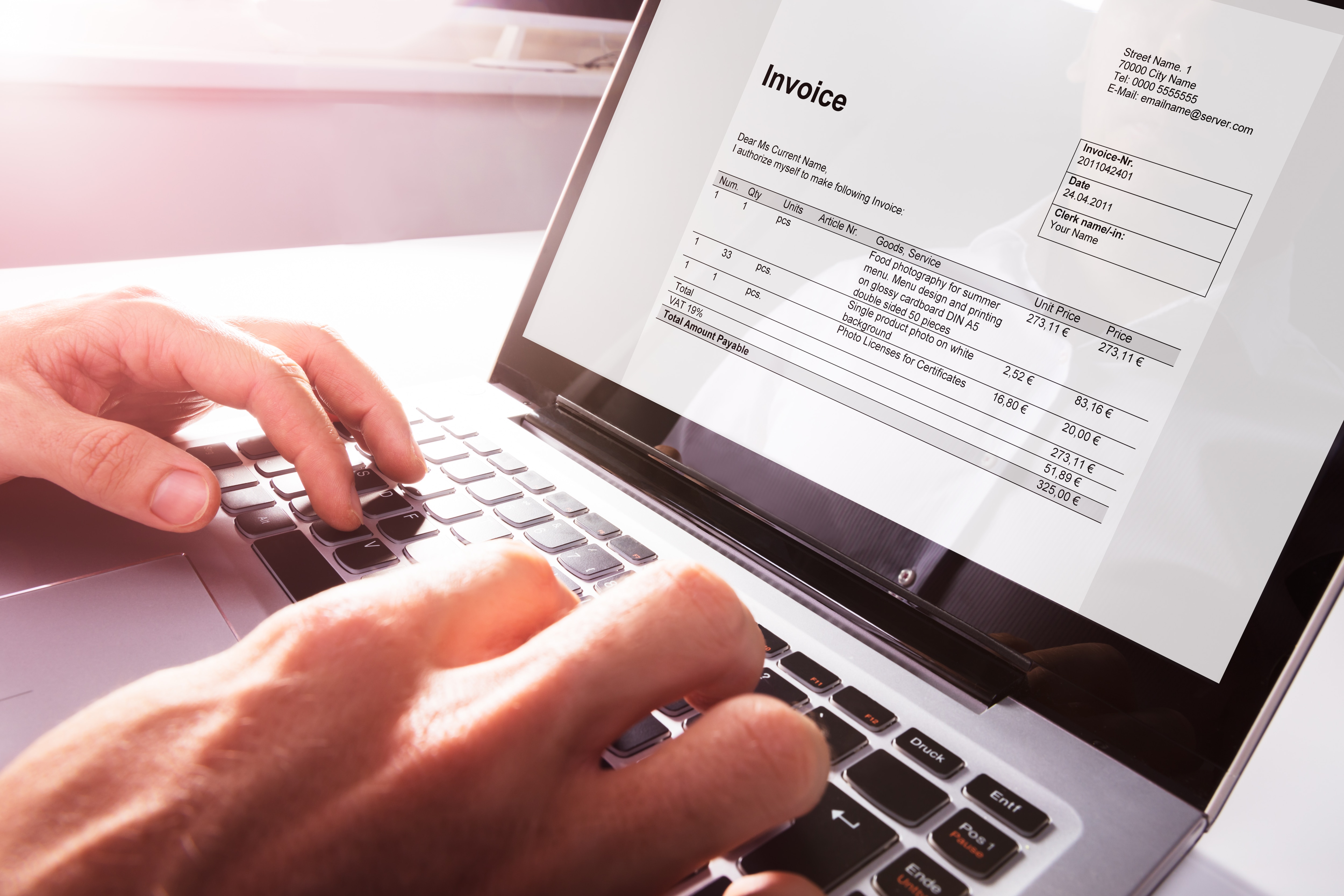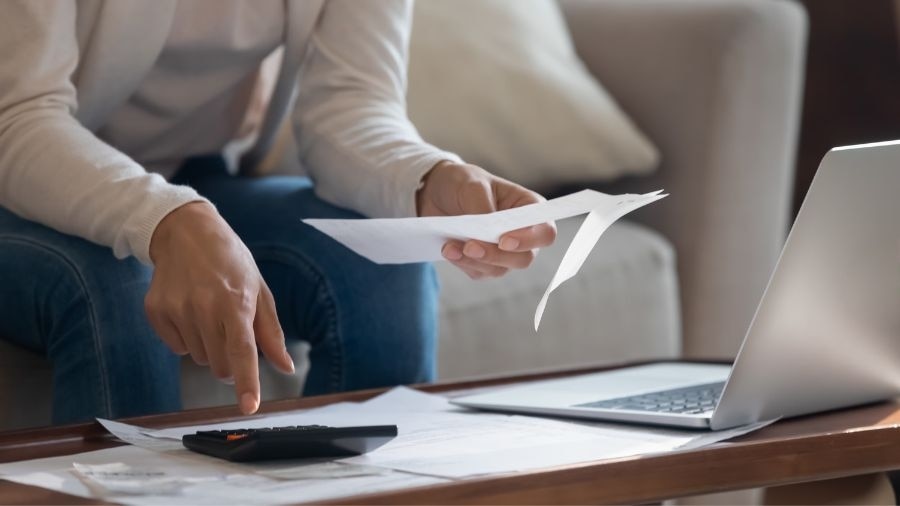A sales invoice is a document sent by a business to a purchaser or customer, which illustrates a detailed list of the items or services they received, and the payment owed. The invoice helps to establish an obligation on the part of the purchaser to pay. Invoices are an essential part of any business, especially for the accounting and bookkeeping side of operations.
Learn the ten details that should be included in your small business’s invoices below and how to invoice a customer correctly.



